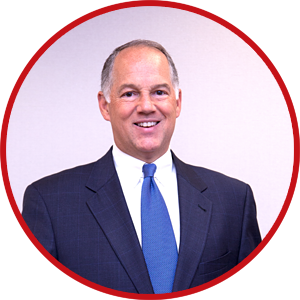 My dad went to work at General Electric in January 1962.
My dad went to work at General Electric in January 1962.
In just One Generation, the workforce has radically changed, and creating alignment is now radically more difficult.
In my dad's generation, the workforce was very homogeneous. Most of the “white collar” workers were white males. Most of the women in the workforce were in secretarial roles.
Now, the workforce is tremendously and beautifully diverse. The increase in diversity is a great thing. Let me say that again, the increase in diversity is a great thing, but it does make alignment much more difficult.
In my dad’s generation, a large percentage of the workforce had military experience. They were comfortable in top-down, command-and-control organizations. They were trained to obey orders.
Now, the workforce is radically different. Many were raised in the “me” generation. Millennials have a very different worldview. As a result, the old command-and-control way of creating alignment is no longer effective.
In my dad’s generation, there was a basic civility and decency in society. Children were trained to say, “Yes, Ma’am” or “Yes, Sir.” Politicians referred to each other as “distinguished colleagues.” There was a respect for authority.
Now, people denigrate each other every night on TV. They attack each other in social media. They shoot the police. This makes alignment much more difficult.
In my dad’s generation, many companies had either explicit or implicit guarantees of lifetime employment. My dad spent thirty-one years with GE. In fact, when I started at IBM in 1979, the company still had a culture of lifetime employment.
Now, the workforce is extremely unsettled, and most people will work for multiple companies in their careers. Companies expect loyalty, but they don’t give it in return. This makes alignment much more difficult.
In my dad’s generation, the majority of people working at a company were officially classified as employees.
Now, the workforce is an ever-changing mix of employees, long-term contractors, temporaries, and gig workers. This creates multiple classes of workers with different benefits, different rules, different loyalties, and different goals. This makes alignment much more difficult.
In my dad’s generation, when you wanted to communicate with someone who worked in your building, you walked down the hall.
Now, people send an email to the person sitting in the next cubicle. This makes alignment much more difficult.
In my dad’s generation, companies had physical offices.
Now, many companies have large numbers of full- and part-time telecommuters. Some companies, such as Zapier, are 100 percent virtual.
In my dad’s generation, the Fortune 500 was extremely stable: companies remained on the list for an average of sixty-one years.
Now, the average tenure of a Fortune 500 company is fifteen years. Companies are constantly merging, reorganizing, divesting, etc. Companies that were models of stability—like Arthur Andersen, Nortel Networks, and Lehman Brothers—are completely gone.
The combination of these organizational and societal forces has made alignment radically more difficult.

